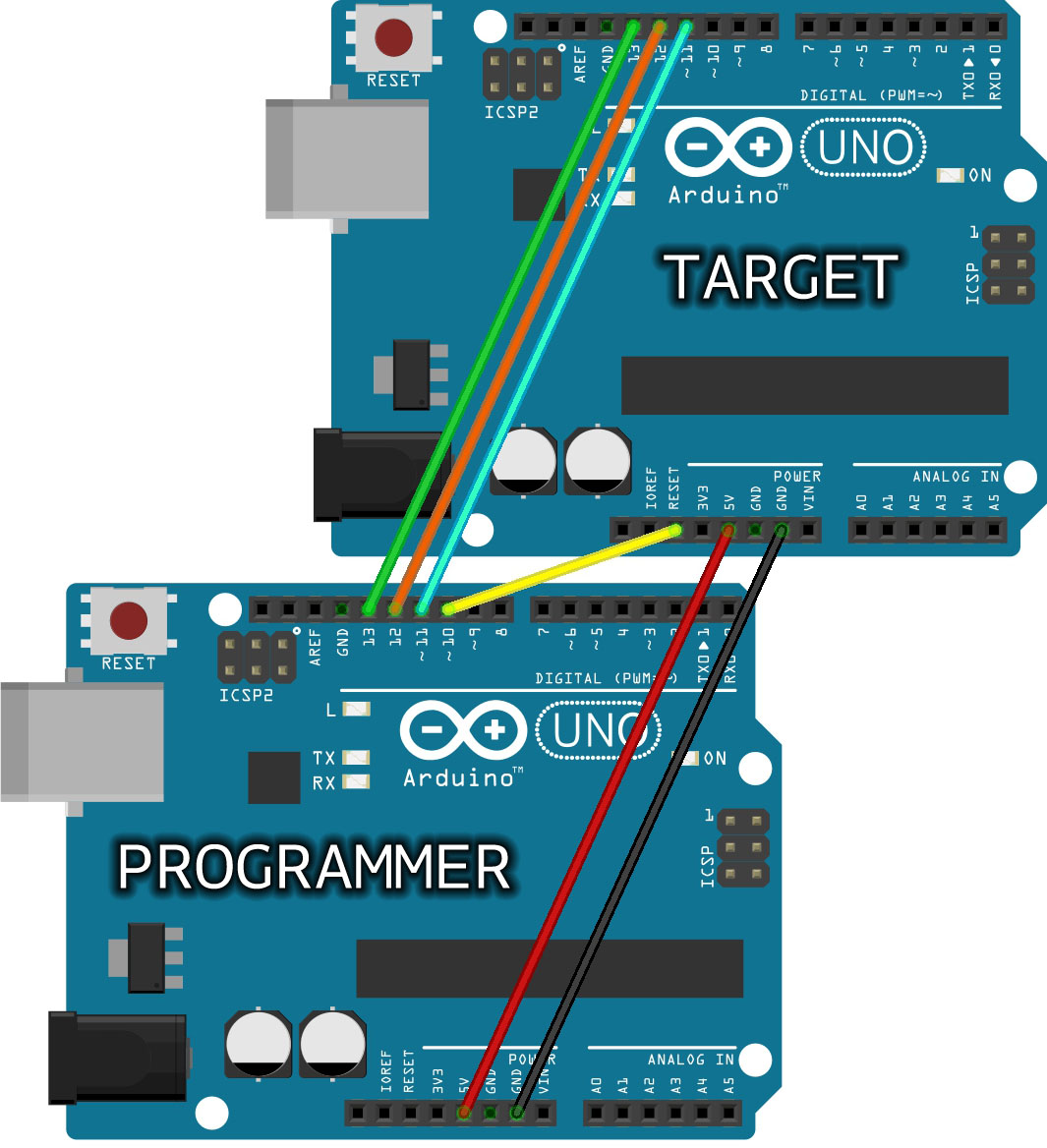
#Arduino uno port map code
write(&angleValue, sizeof(angleValue)) Code language: Arduino ( arduino ) In the loop section using the radio.stopListening() function we set the first Arduino as transmitter, read and map the value of Joystick from 0 to 180, and using the radio.write() function send the data to the receiver. Radio.openReadingPipe( 1, addresses) // 00001 Code language: Arduino ( arduino ) Radio.openWritingPipe(addresses) // 00002 Radio.openReadingPipe( 1, addresses) // 00002 Code language: Arduino ( arduino ) // at the Receiver Radio.openWritingPipe(addresses) // 00001 In the setup section we need to define both pipes, and note that the writing address at the first Arduino needs to be the reading address at the second Arduino, and vice versa, the reading address at the first Arduino needs to be the writing address at the second Arduino. void loop () Code language: Arduino ( arduino ) The first argument here is the variable that we want to be sent. Using the radio.write() function we will send that message to the receiver. In the loop section, at the transmitter, we create an array of characters to which we assign the message “Hello World”. Radio.startListening() Code language: Arduino ( arduino ) Radio.stopListening() Code language: Arduino ( arduino ) // at the Receiver Next we have the radio.stopListening() function which sets module as transmitter, and on the other side, we have the radio.startListening() function which sets the module as receiver.

Note that if using a higher level it is recommended to use a bypass capacitors across GND and 3.3V of the modules so that they have more stable voltage while operating. tPALevel(RF24_PA_MIN) Code language: Arduino ( arduino ) Then using the tPALevel() function we set the Power Amplifier level, in our case I will set it to minimum as my modules are very close to each other. radio.openReadingPipe( 0, address) Code language: Arduino ( arduino ) On the other side, at the receiver, using the tReadingPipe() function we set the same address and in that way we enable the communication between the two modules. radio.openWritingPipe(address) Code language: Arduino ( arduino ) In the setup section we need to initialize the radio object and using the radio.openWritingPipe() function we set the address of the receiver to which we will send data, the 5 letter string we previously set. We can change the value of this address to any 5 letter string and this enables to choose to which receiver we will talk, so in our case we will have the same address at both the receiver and the transmitter. const byte address = "00001" Code language: Arduino ( arduino ) Next we need to create a byte array which will represent the address, or the so called pipe through which the two modules will communicate.

RF24 radio ( 7, 8) // CE, CSN Code language: Arduino ( arduino ) The two arguments here are the CSN and CE pins. So we need to include the basic SPI and the newly installed RF24 libraries and create an RF24 object. } Code language: Arduino ( arduino ) Code Description */ # include # include # include RF24 radio ( 7, 8) // CE, CSN const byte address = "00001" } Code language: Arduino ( arduino ) Receiver Code /*

*/ # include # include # include RF24 radio ( 7, 8) // CE, CSN const byte address = "00001" * Arduino Wireless Communication Tutorial

Here are the two codes for the wireless communication and below is the description of them.
#Arduino uno port map install
Just search for “rf24” and find and install the one by “TMRh20, Avamander”. We can also install this library directly from the Arduino IDE Library Manager.
#Arduino uno port map download
Once we connect the NRF24L01 modules to the Arduino boards we are ready to make the codes for both the transmitter and the receiver.įirst we need to download and install the RF24 library which makes the programming less difficult. As an Amazon Associate I earn from qualifying purchases. Breadboard and Jump Wires ………… Amazon / Banggood / Aliexpressĭisclosure: These are affiliate links.Arduino Board ……………………………… Amazon / Banggood / Aliexpress.NRF24L01 Transceiver Module……… Amazon / Banggood / Aliexpress.You can get the components needed for this Arduino tutorial from the links below: As I already mentioned, each Arduino board has different SPI pins, so keep that in mind when connecting the modules to your Arduino board.


 0 kommentar(er)
0 kommentar(er)
